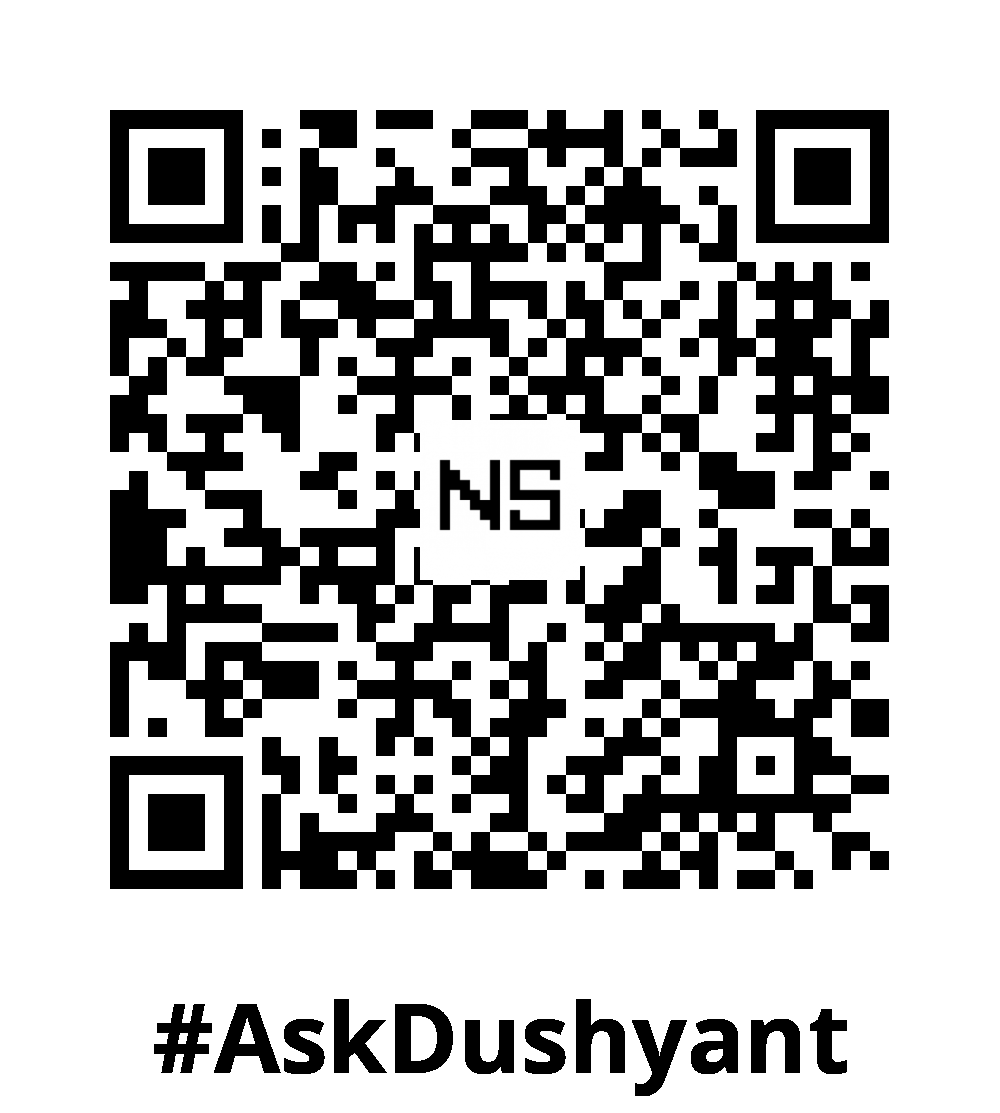Based on my extensive 18-year background in the tech corporate landscape, ensuring your product meets business goals before launch or release is crucial. This is where acceptance testing steps in. It acts as the final quality check, validating that the software works as intended and aligns with both user needs and business objectives. In this tech post, we’ll explore acceptance testing in detail, showing how it ensures your software delivers exactly what’s expected. We’ll also dive into a practical example of testing a sales expenditure system to highlight its real-world importance.
What is Acceptance Testing?
Acceptance testing is the last phase before a product goes live. It verifies that the software meets the functional and business requirements defined at the start of the project. This testing ensures that the product isn’t just technically sound but also delivers value to end users.
Key Objective:
Acceptance testing’s primary goal is to ensure the software meets the agreed-upon business requirements and is ready for release.
Why Acceptance Testing is Critical
- Business Alignment: Acceptance testing ensures the software aligns with business goals, making sure what developers build is what the business actually needs.
- User Validation: It gives end users the chance to verify that the software behaves as expected, ensuring the final product is user-friendly and meets real-world requirements.
- Risk Reduction: By conducting acceptance testing before the software is launched, businesses can detect and fix any major functionality issues, reducing the risk of releasing faulty products.
Types of Acceptance Testing
- User Acceptance Testing (UAT): End users test the software in real-world scenarios to confirm it meets their expectations and daily needs.
- Business Acceptance Testing (BAT): Business stakeholders validate that the product aligns with key business processes and objectives.
- Regulatory Acceptance Testing: This testing ensures the product complies with industry-specific standards and regulations, crucial in sectors like healthcare or finance.
How to Conduct Acceptance Testing
- Develop Test Scenarios: Create test cases based on real-world use cases that simulate typical user journeys.
- Involve Stakeholders: Collaborate with business stakeholders and users to define success criteria and expectations from the software.
- Set Clear Exit Criteria: Specify the conditions that must be met for the software to be considered “accepted,” such as functionality, performance, and compliance with business goals.
Use Case: Acceptance Testing for Monthly Sales Expenditure
Imagine you’re working on an application that tracks monthly sales expenditure for a business. Before release, you need to confirm that the software meets the business requirements of accurate financial tracking, report generation, and easy-to-use interfaces for the finance team.
Scenario:
The finance team needs to verify that the sales expenditure is calculated accurately for each month, with reports being generated correctly. They also want to confirm that any expenses entered are reflected in the overall monthly totals.
Test Case Example:
Objective:
Verify that the system calculates the total sales expenditure for a given month and generates an accurate report.
Steps:
- Enter sales expenditure data for various departments.
- Calculate the total sales expenditure for the month.
- Generate the monthly expenditure report.
- Validate the accuracy of the report by comparing it with manually calculated figures.
def test_sales_expenditure_calculation():
# Step 1: Add sales expenditure for different departments
sales_data = {
"marketing": 5000,
"development": 7000,
"operations": 3000
}
total_expenditure = sum(sales_data.values())
# Step 2: System calculates the total sales expenditure
system_total = system.calculate_total_expenditure(sales_data)
# Step 3: Assert that the system total matches the manually calculated total
assert system_total == total_expenditure, "Sales expenditure total mismatch"
# Step 4: Generate the monthly report
report = system.generate_monthly_report(sales_data)
# Step 5: Validate the report content
assert report.total == system_total, "Report total is incorrect"
assert report.includes_all_departments(sales_data.keys()), "Not all departments are included"In this example, the test checks whether the system accurately calculates the total sales expenditure for the month and generates a report that aligns with the business’s financial tracking requirements.
Best Practices for Acceptance Testing
- Collaborate with Stakeholders: Involve business stakeholders and end users in testing to ensure all critical requirements are validated and met.
- Test Real-World Scenarios: Ensure the test cases reflect actual use cases to confirm that the product performs as expected in everyday business operations.
- Automate When Possible: While acceptance testing often involves manual validation, automating repetitive tasks (e.g., regression tests) can speed up the process and reduce human error.
Common Challenges in Acceptance Testing
- Misalignment with Business Requirements: Sometimes, acceptance testing reveals that the software doesn’t fully align with business needs, requiring last-minute changes.
- Time Constraints: Coordinating with stakeholders and users can be difficult due to tight deadlines, which may lead to incomplete testing.
- Defining Success Criteria: It’s essential to clearly define what constitutes “acceptance” early in the process to avoid confusion during the testing phase.
My TechAdvice: I’ve faced numerous tight situations where business requirements changed repeatedly during tech solution development. This makes defining acceptance test cases crucial for documenting requirements, expected behavior, and securing stakeholder sign-off. Acceptance testing is the final validation step to ensure that your software meets business goals and is ready for real-world use. By testing realistic scenarios, involving stakeholders, and setting clear success criteria, you can minimize risk and ensure your product is ready to deliver value to your business and users.
#AskDushyant
#TechConcept #TechAdvice #UAT #BAT #SoftwareTesting #AcceptanceTesting
Note: The example pseudo code is for illustration only. You must modify and experiment with the concept to meet your specific needs.


Leave a Reply